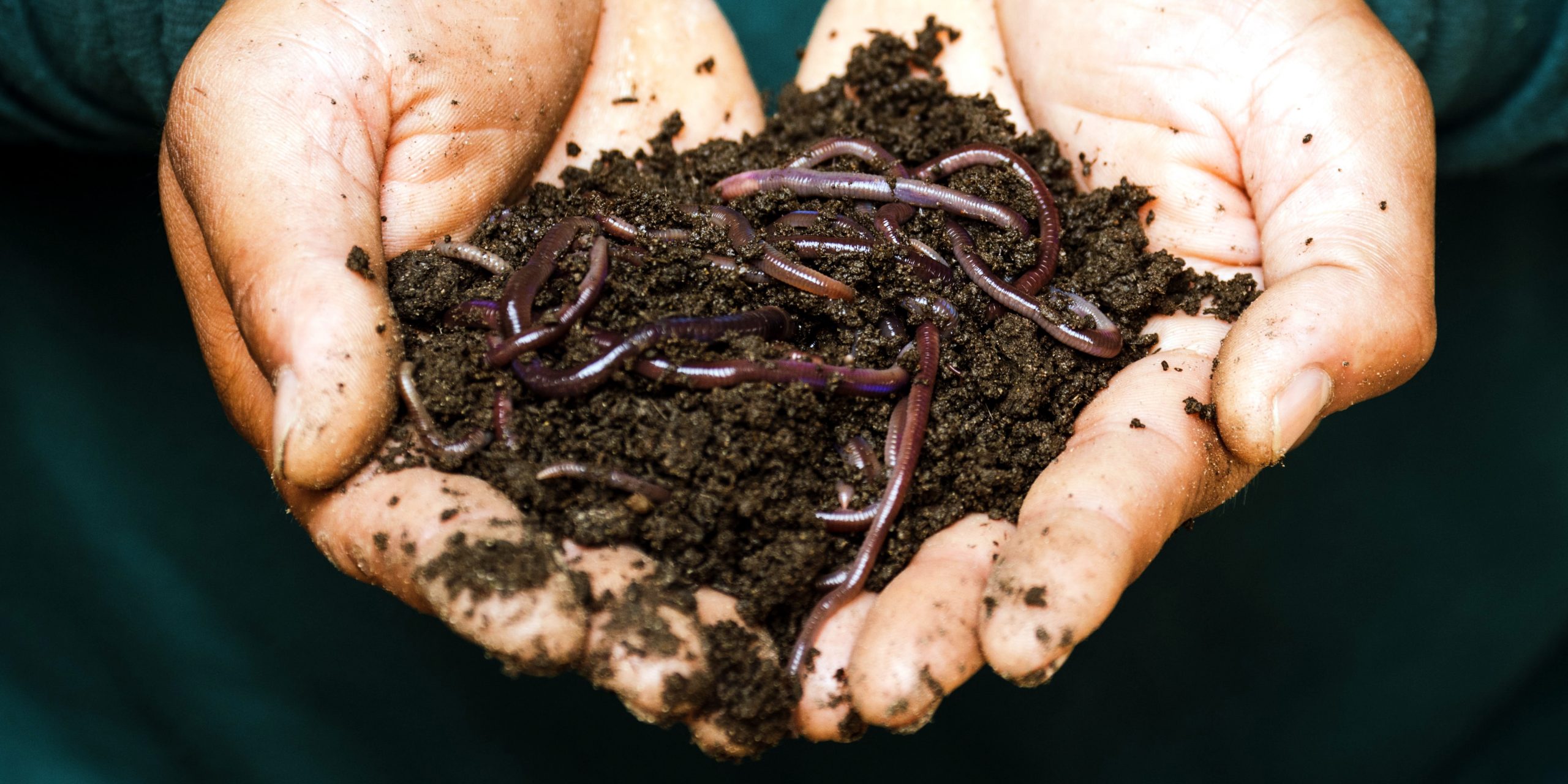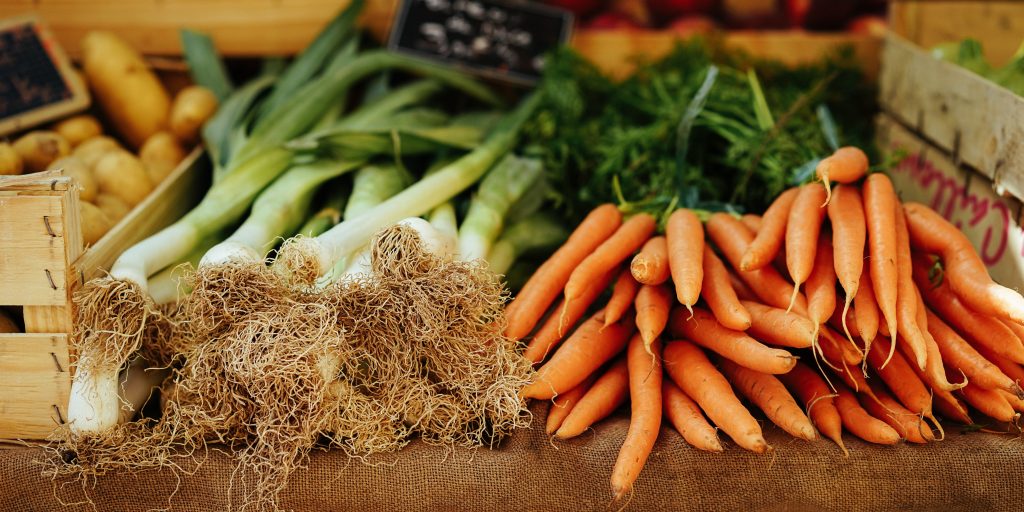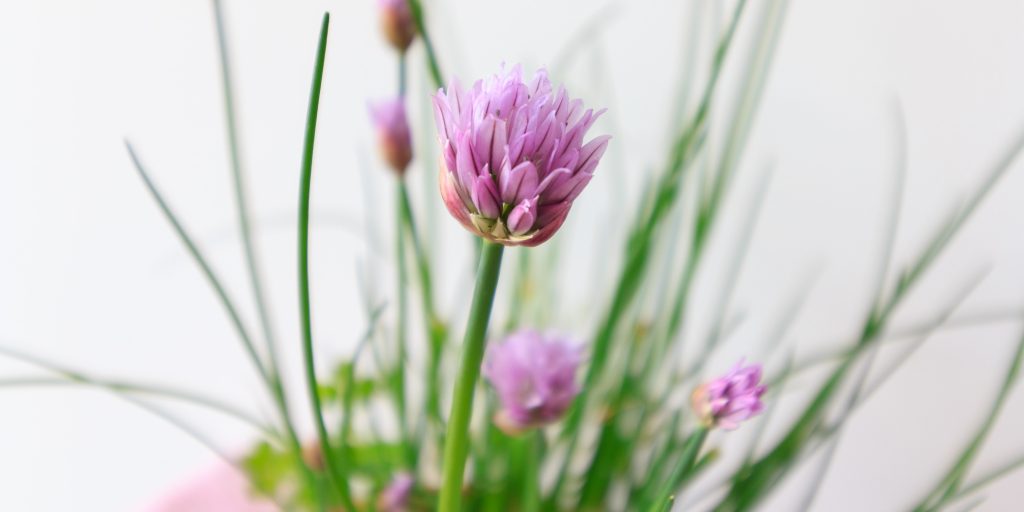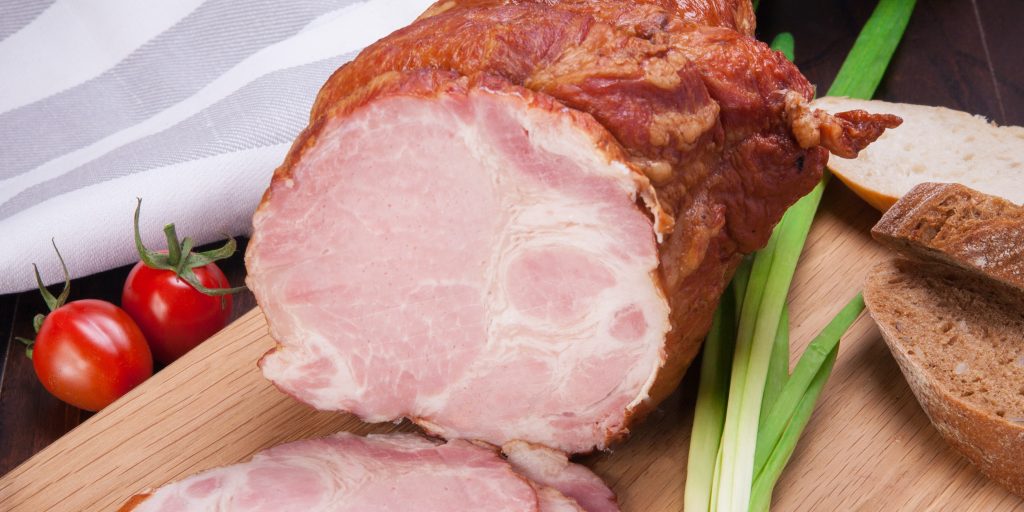
Whether you have a garden or not, everyone can compost their food waste. Worm composting is something anyone can do, and can be easily done indoors.
In fact, 30% of our trash is compostable. And 24% of the waste sent to the landfill is food scraps. Those food scraps decompose slowly, without oxygen, releasing methane into the atmosphere. Landfills are the third largest emitter of methane in the US.
As it is, we waste 25% of our food, between $1,350 and $2,275 a year of our food budgets. The more trash we send to the landfill, the more taxes we pay.
Our fruit, veggie, and grain scraps can easily be diverted to worm composting, creating valuable compost for plants, lowering methane emissions, and saving tax money and trash truck emissions.
There aren’t a lot of compost pickups in Maryland right now. Those that do exist require transportation on your part or you pay for the privilege. It’s cheaper, faster, and easier to compost at home!
Why Worms?
In regular composting, organic wastes are broken down by bacteria, insects and fungi. You can compost leaves and garden trimmings, along with kitchen waste. It takes space and can be messy, but create great compost over time.
If you don’t have a yard, or rent your home, you may not be interested in an outdoor (or indoor) traditional compost pile. You might not have enough yard waste to balance out kitchen scraps. You might want something portable.
Worms are portable, they are quiet, they don’t smell, and they fit easily into a small space. You can take your compost with you when you move.
Worms eat most of your fruit and vegetable scraps, your coffee grounds, your shredded paper, and your leftover bread, rice, and potatoes.
You can buy or build a small worm setup, then order worms online to add to your new composter. Keep their bedding moist, dark, and feed them regularly, and your worms will eat your waste and turn it into valuable worm castings, or worm compost.
Worm composting can turn your food scraps into compost faster than a traditional compost bin. In addition, you can keep them indoors so when it gets cold out, you can keep on worm composting without having to dig through snow.
Worm compost can be used as regular compost, easily added to plants and soil to both make the soil able to hold more water, as well as be more fertile.
Your worms cannot digest meat and fats. But you can look into bokashi, which essentially pickles your animal products into something less smelly that can be added to your worm bin. Together, you’ll be able to recycle most of your food waste!
How to do Worm Composting
Worm composting is as simple as a bin to hold your worms, their bedding, and your food scraps. Bins should have holes to allow excess moisture to drain out. They should have a lid and stay dark so worms don’t escape and they don’t hide from the light.
It is easy to build your own worm bin, and there are many options online. You can build one from scratch or work with plastic tubs. It is also possible to buy worm bins, which is the route I chose.
Once you have built or bought your worm composting bin, it’s time to get your worms! If you have vermicomposting friends, they may have extra worms to offer. If you don’t, you can easily order worms online. Uncle Jim’s Worm Farm, located in Pennsylvania, is where I got mine.
Composting worms can eat half their weight every day. That means that if you have a pound of worms, you can feed them half a pound of food a day, or 3.5 pounds a week.
Worms can double their population in 60 days. That means you can start out smaller and slowly feed more food over time as their population grows.
Feeding your worms is easy to do. They eat most fruit and vegetables, as well as some grains. Technically, they can also eat animal products but if you add them you risk a smelly bin, as well as attracting wild animals.
Don’t feed excessive citrus to your worms, as it can burn their skin. Onions and garlic can do the same, so minimize them. Bread and grains work but they mold quickly. Highly spiced foods may not agree with your worms either.
Worms do best with food in tiny pieces. You can chop up food into smaller pieces and freeze them to make them softer. Some people blend the scraps up.
Some say to wait until food is gone before refeeding, others say feed weekly, or twice weekly. Really, the key is to watch your bin and your worms. Look for signs of unhappy worms, or unpleasant odors, or moisture problems. Start out with less food and move up from there.
When feeding your worms, cover the scraps with bedding or cover the whole thing with wet sheets of newspaper. That will keep smells away and insects from breeding.
Add more bedding by shredding paper scraps or adding shredded leaves or straw. Avoid glossy paper, but regular junk mail will work, as will cardboard.
Harvesting your worm compost can mean waiting until the whole bin is finished, or deliberately feeding in certain areas over time.
If you feed on one half at first, then switch, the worms will move to where the food is, giving you mostly worm free access to finished compost.
Worms don’t like light, so you can use that to help when you harvest. Dumping out your worm castings and creating piles under light means the worms burrow downwards. Then you can harvest the top parts of your piles.
You can also add handfuls of finished compost to your garden with the worms inside, but you might want to skip that if you are working with houseplants.
Worm Troubleshooting
If you set up your bin correctly, add the proper amount of moisture, and add the right types and amounts of food, your bin should not have any smells, escapees, or pest pressures. Keeping your worm composting bin indoors, and keeping scraps covered with moist bedding will also help.
Especially at first, as you get to know your worms, check on them each day. How is the moisture level? Is there a smell? Worms don’t like disturbance but you need to identify problems before they get worse. Once you are comfortable with your set up, you won’t bother the worms as much.
If your bin is too moist, you may need to add ventilation or drain holes. You can also try feeding less, or adding more dry bedding. If your bin is too dry, you can use a spray bottle to add moisture to the bedding or the newspaper on top.
If you see fruit flies in your bin, make sure to bury all your scraps. Build a fruit fly trap until your flies are gone.
Your worms should self regulate, and not reproduce out of control. Start out by feeding less and add more scraps over time so your worms can reproduce to meet increased demand.
Keep scraps in the fridge and only feed once or twice a week. Check your bin each time to see if there is too much food or moisture.
Over time, you may see other insects in your bin that aren’t harmful. This is a good reference for bug identification in your bin.
Adding meat and dairy is usually a bad idea for your worms. They may eat it, but you’ll deal with the smell and potential pests in the meantime.
It is better to use a bokashi method first to pre compost your animal scraps. Though the fermented scraps are very acidic, you should be able to add them to your worm bin successfully.
Once you have your worm compost, feel free to add it to plants indoors and out. Give it to neighbors or friends with gardens if you don’t have any. Add compost to your favorite street plants, but don’t over do it.
With worm composting, you will lower your food waste and methane output. You’ll save money for yourself and your community, plus have some amazing compost to grow more food with. Everyone should try worm composting!





